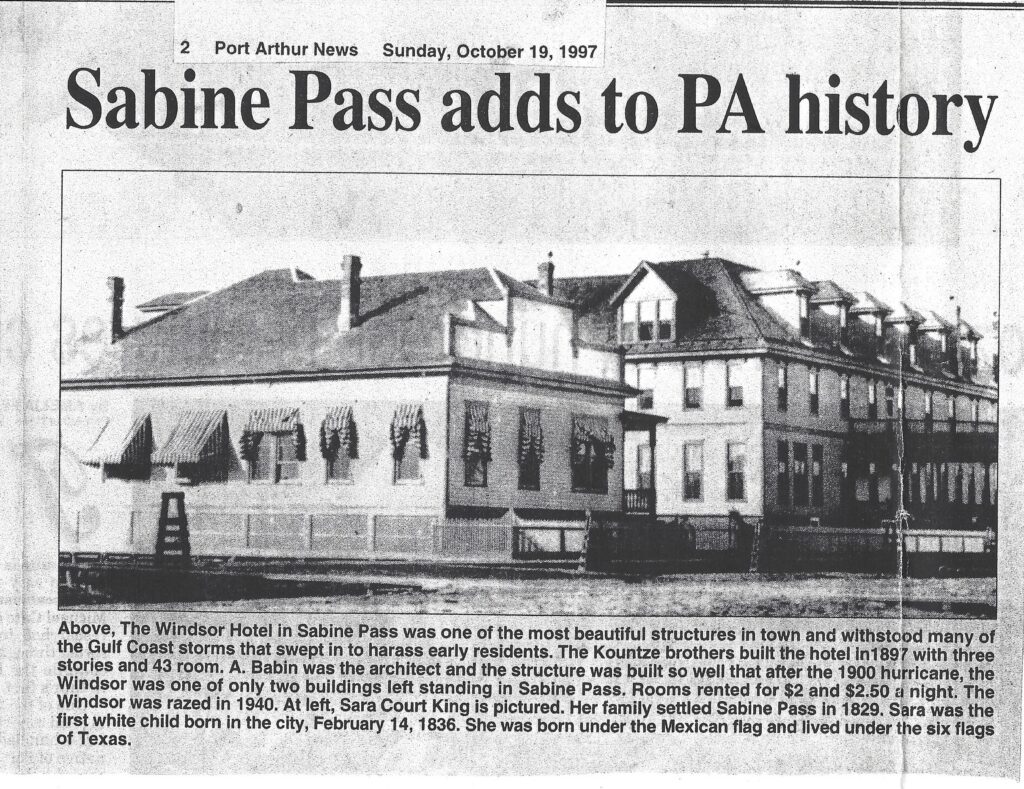
This Thursday was Florence Stratton’s birthday. She would have been—um, well, that’s not important (she would lie about her age anyway, so we will not spread the facts about her longevity). I will say that she was born in Brazoria County in 1881 to Asa and Lousia Waldman Stratton, and she was educated at Troy Normal College in Troy, Alabama, which is now Troy University. Another tidbit of information that is less known is that she was related, by marriage, to Stephen F. Austin (SFA). We’re kinda going to get into the “I’m My Own Grandpa” scenario, but it is true. Sarah Emily Stratton, the daughter of Florence’s grandfather Major Asa Stratton Sr., married Sam Bryon. Sam’s great-uncle was Stephen F. Austin. So, in a twisted sort of way, this made Florence related to SFA. Thank you, Willie Nelson, for the background music as I write this. Link at the bottom of the blog.
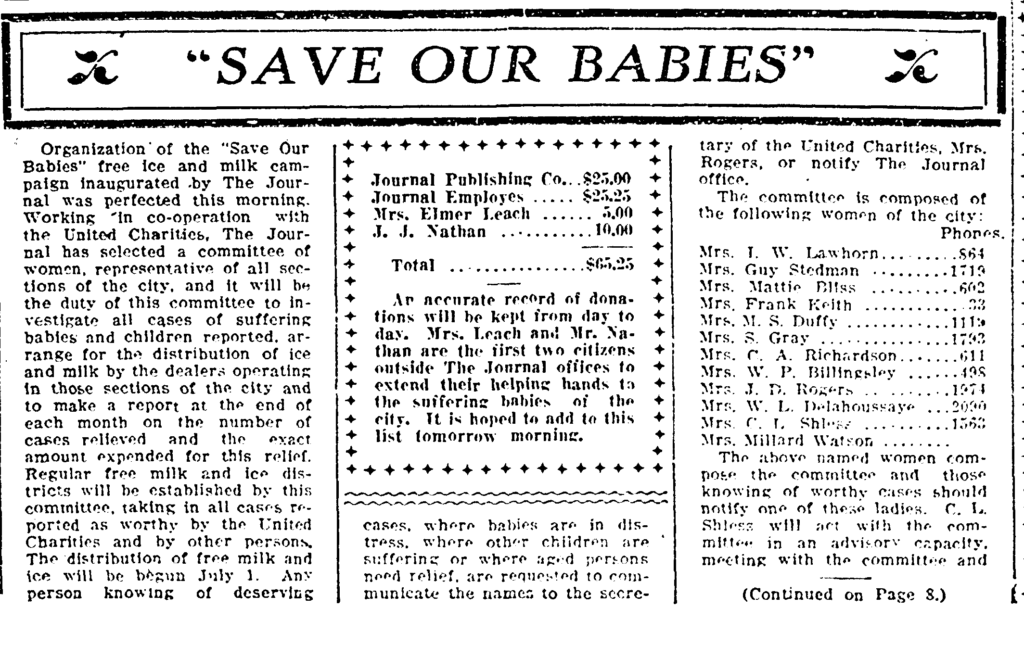
Speaking of Florence, another mystery has been solved thanks to fellow researcher Kate Hambright. Kate noticed that Genealogy Bank, a newspaper archive that most of us use, finally updated its access to the Beaumont Enterprise. The website was missing the years 1912–1919. Now that we can access these years, I’ll do a few searches I’ve meant to do for a long time. One will be on Florence Stratton. The second one will concern Mary Sandell being elected superintendent in 1918. With the third, I want to find more information on the Milk and Ice Fund, which began in 1915. We are certain that it was formed on June 26, 1915, because Kate found the original article stating this.
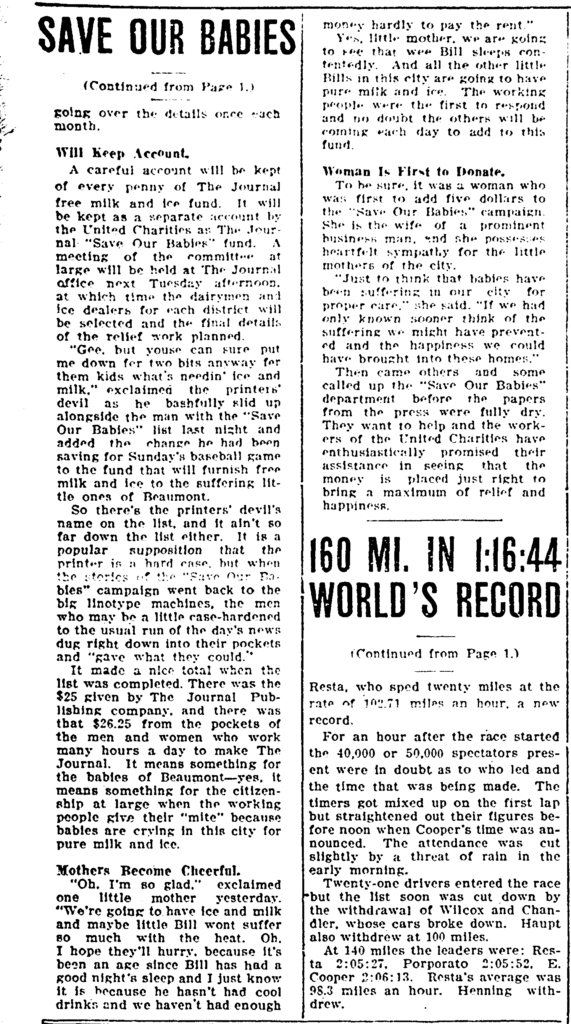
Organization of the “Save Our Babies” free ice and milk campaign inaugurated by The Journal was perfected this morning. Working in co-operation with the United Charities, The Journal has selected a committee of women, representative of all sections of the city, and it will be the duty of this committee to investigate all cases of suffering babies and children reported, arrange for the distribution of ice and milk by the dealers operating in those sections of the city, and make a report at the end of each month on the number of cases relieved and the exact amount expended for this relief. (Beaumont Enterprise, June 26, 1915)
On a side note, the Genealogy Bank access to these years from the Beaumont Journal has not been updated, but I do see a trip to the Tyrrell Historical Library in my future since I have the actual date of the organization’s formation, which I want to check out on their microfilms. The other charity Florence was involved in, the Empty Stocking Fund, which was formed in 1920, originated from this campaign. You could say the latter morphed into the former. United Charities was also there aiding this campaign. I doubt that Beaumont was the first city to have a milk and ice fund because I have seen relevant articles also in the San Antonio Light from 1915. It is possible that Florence brought the idea to our area as she had ties to San Antonio; she also had unlimited knowledge of and resources in the newspaper business, as well as ties to politicians.
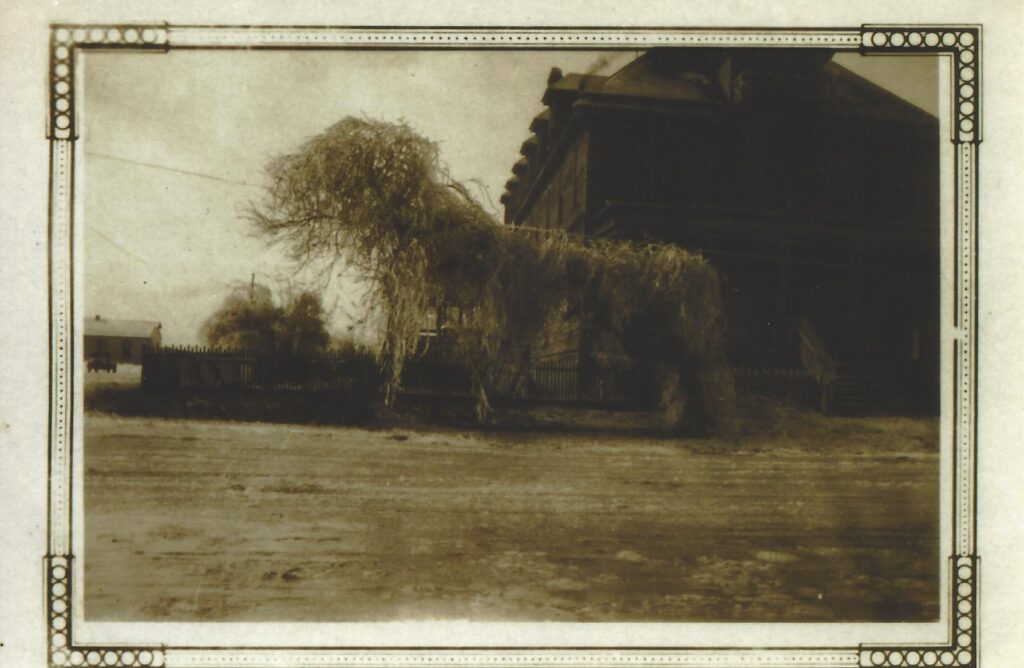
A couple of weeks ago, while going through maps of early Sabine Pass, I rediscovered a photo of the Windsor Hotel that I had originally found in the Jefferson County Historical Commission archives. I also found a copy of a handwritten map and a note from the owner of a property in Port Arthur. Mr. Bossier, who owned a property on Sabine Avenue in Port Arthur, was relocating the wood from the hotel after its demolition to build a structure on his land. The house on Sabine Avenue was located between Gulfway Drive and Lewis Drive. I passed this property many times, and I always thought it was out of place. Now I know why it looked different—it was because of the round arches. Those I’ve spoken to have told me that it was a rental house for years, but now it has been demolished. I do have a photo of it.
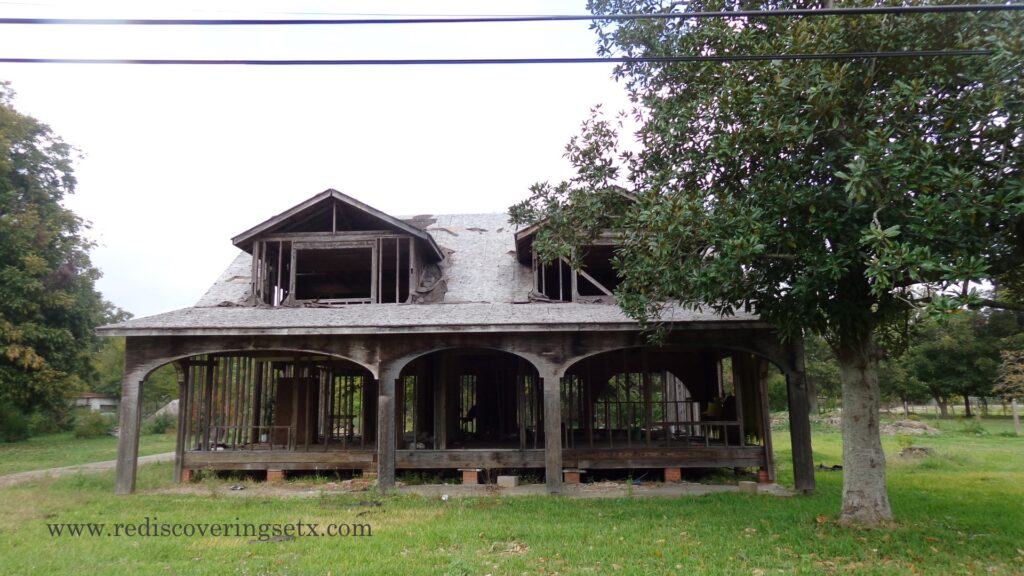
For the past few weeks, my inbox has been full of emails about Galveston this week and Galveston that week. Things are afoot in Lafitte’s old hangout. I also noticed more traffic on my blog, Rediscovering SETX. I guess that when you write a post entitled “Visiting the Mansard House,” it gets the attention of other people, not your regulars. Thanks to the Cordrays, Save 1900, and the Mansard House for organizing last week’s event. I’ll be looking forward to their new episodes on Restoring Galveston. I can’t overstate that they did a wonderful job restoring the Mansard House.
More Galveston emails pertained to the 50th Annual Historic Homes Tour. I already have my marching orders—that is, I know which house I will be marching in front of with my clipboard and clicker. However, even though I will have a clipboard, I will not be in charge. Our leader is Bev, the Candy Lady, and she is the reason I volunteer. If you know her, then you know.
Like you, I am waiting for the house list of the tour, which is supposed to be released in mid-March. As I write this post on Florence’s birthday, I have not seen it updated. I know what house I will be at, but I will not spill the beans on the secrets of the Galveston Historical Foundation—not that I actually know any of their secret handshakes or stuff like that. Until they release the list, we will be in the dark. With that said, I already have my boots-on-the-ground plans for May 4, and the blog will be there on Sunday morning to send you in the right direction on Cinco de Mayo and the second weekend of the tour. We love both taking the Annual Historic Homes Tour and volunteering at it, and we will continue our coverage until Mama Theresa’s runs out of large pepperoni, hamburger, and mushroom with extra cheese pizzas for our dinner while we wait in line at the ferry to go home.
Until next week!

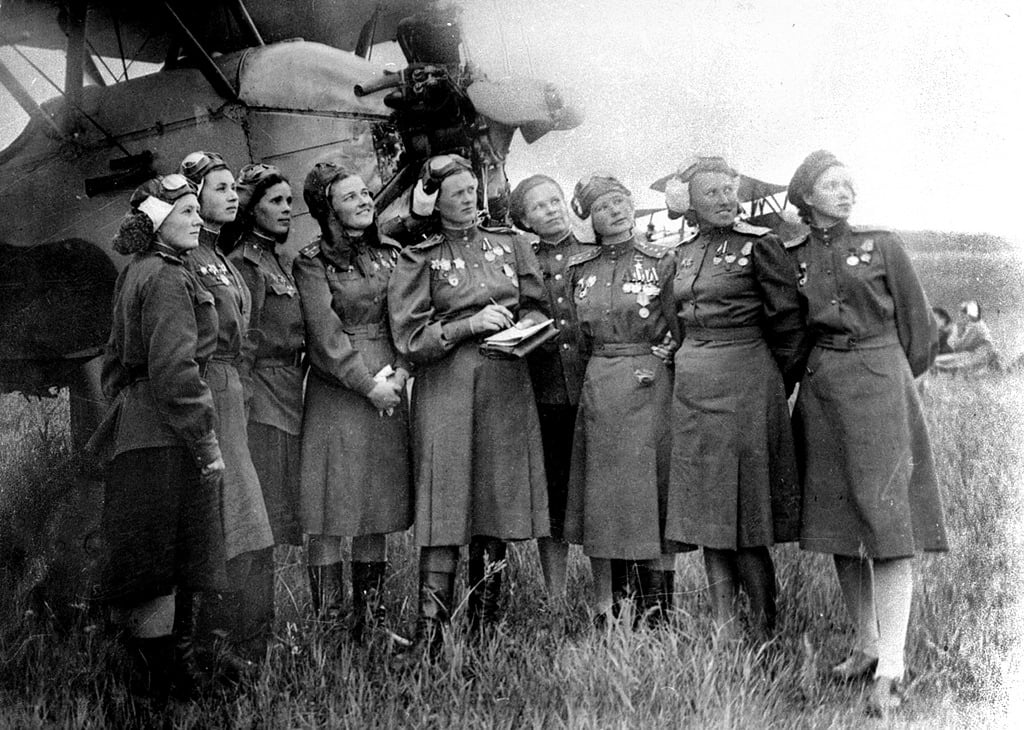
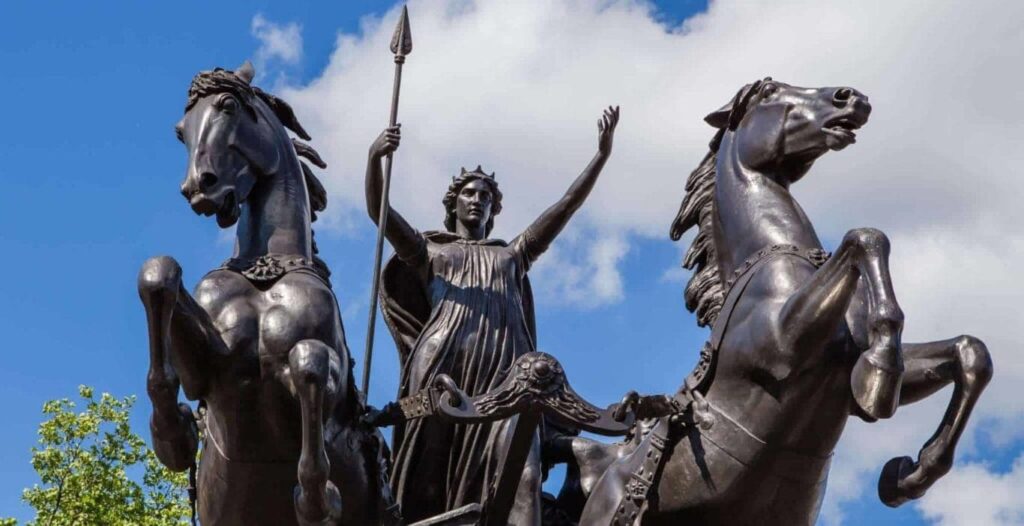
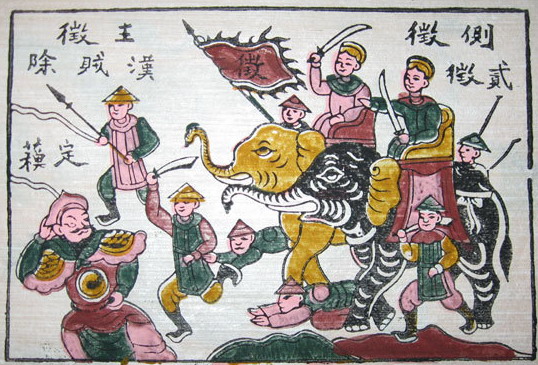

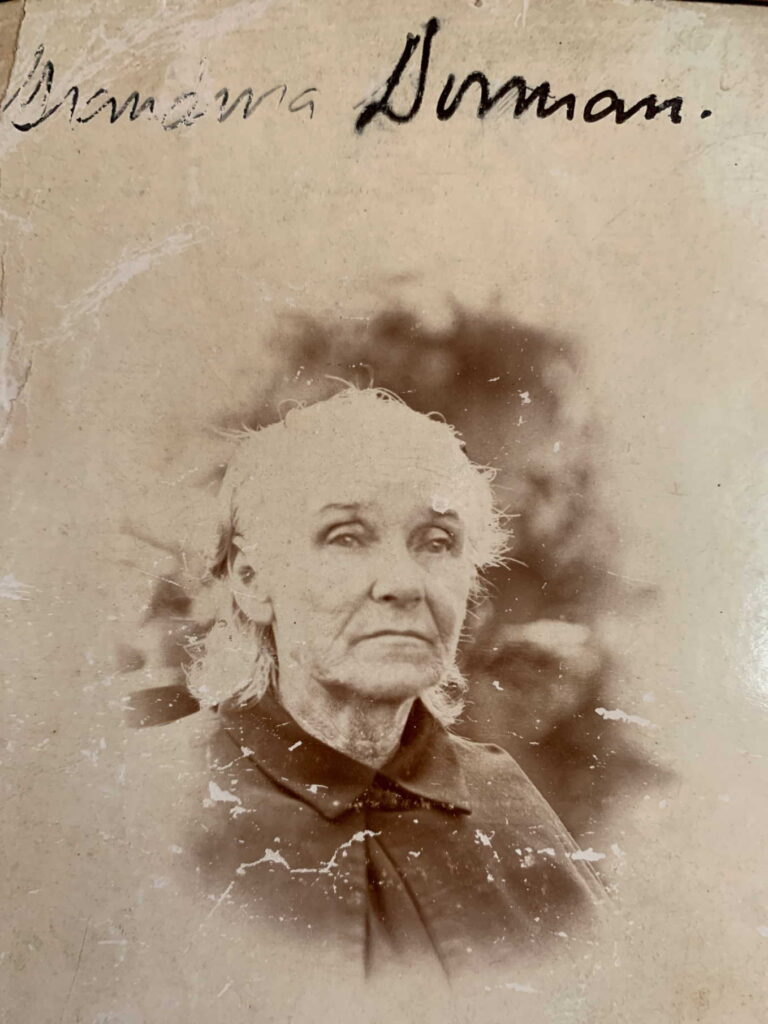
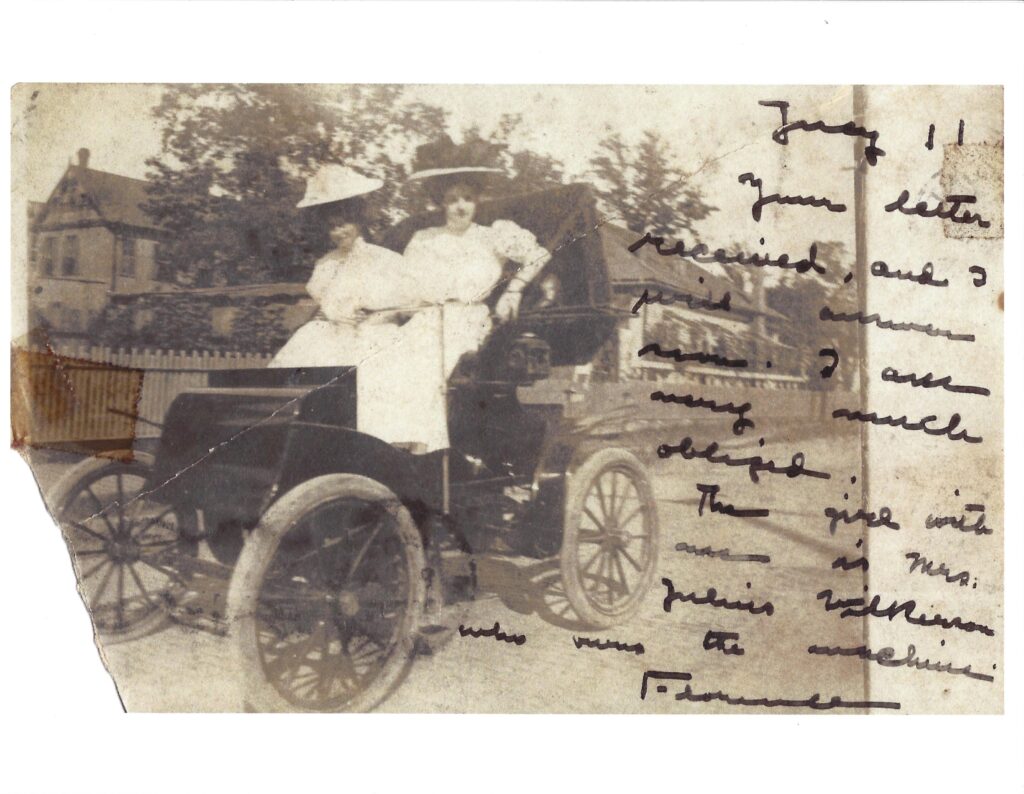
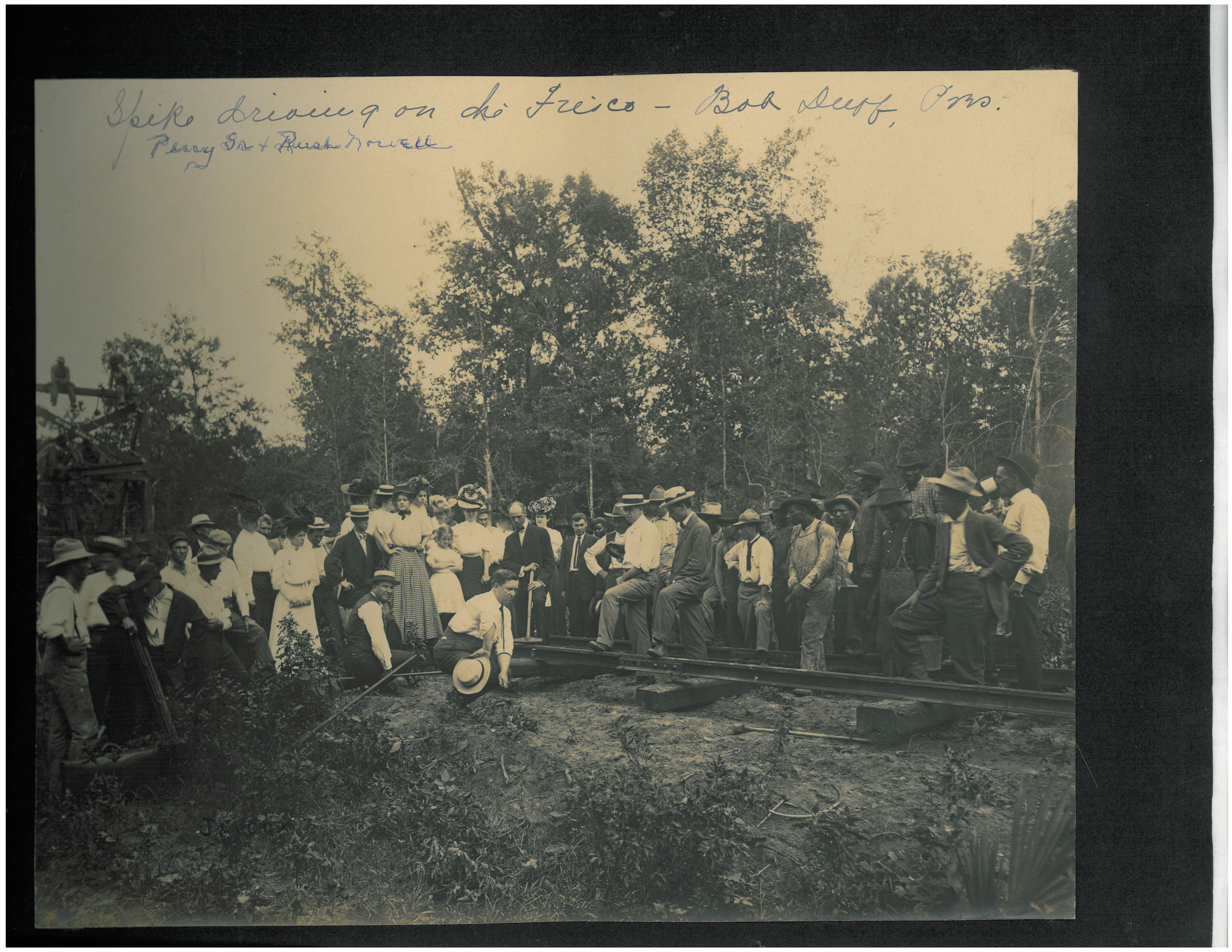
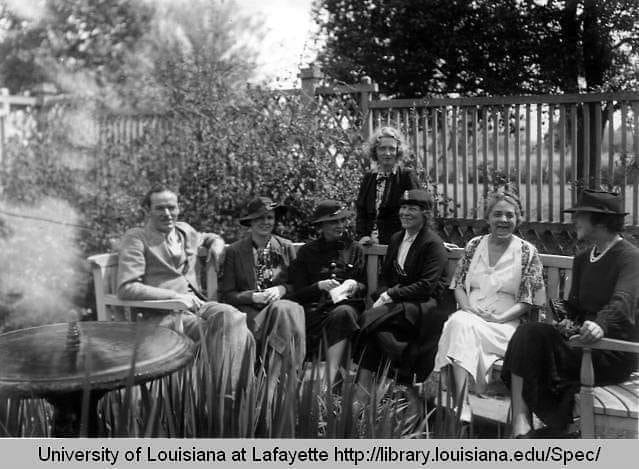
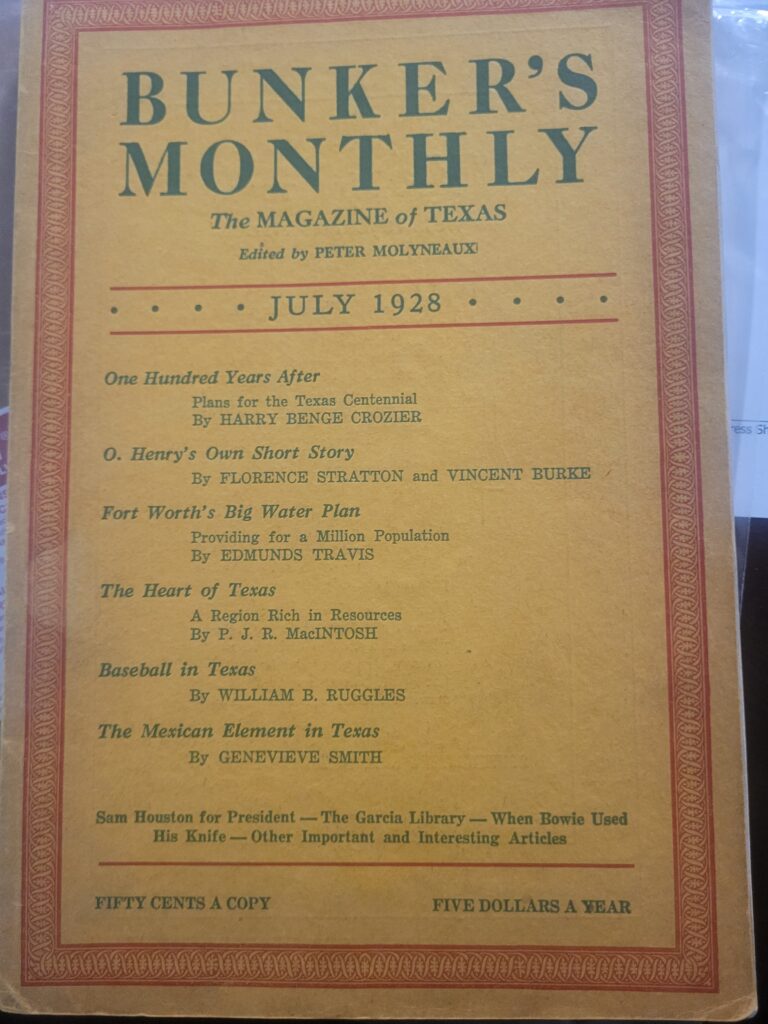

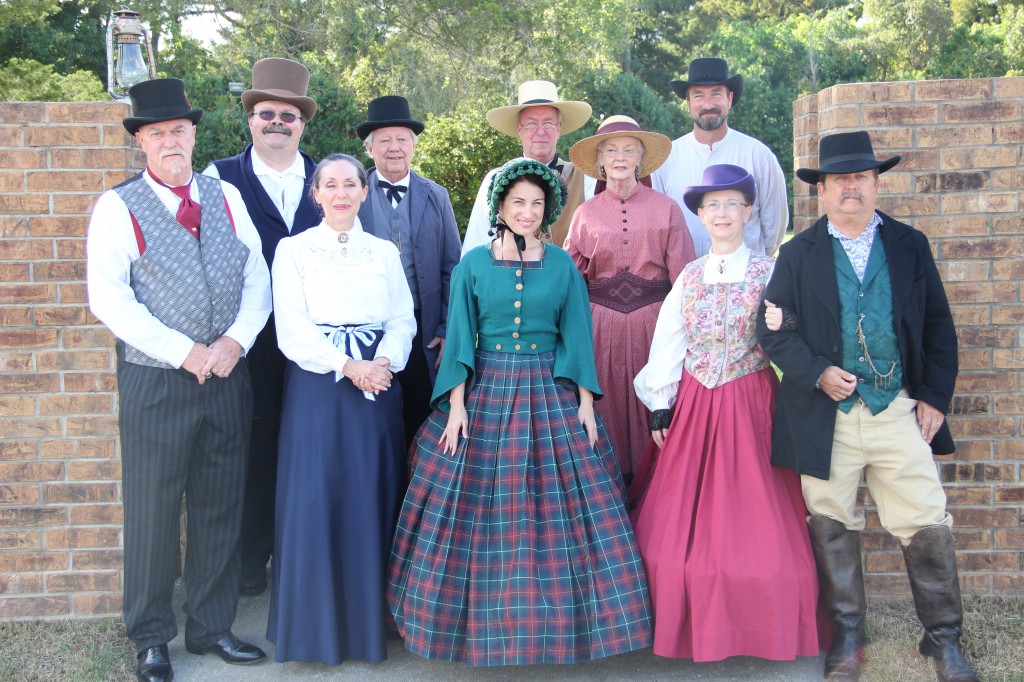
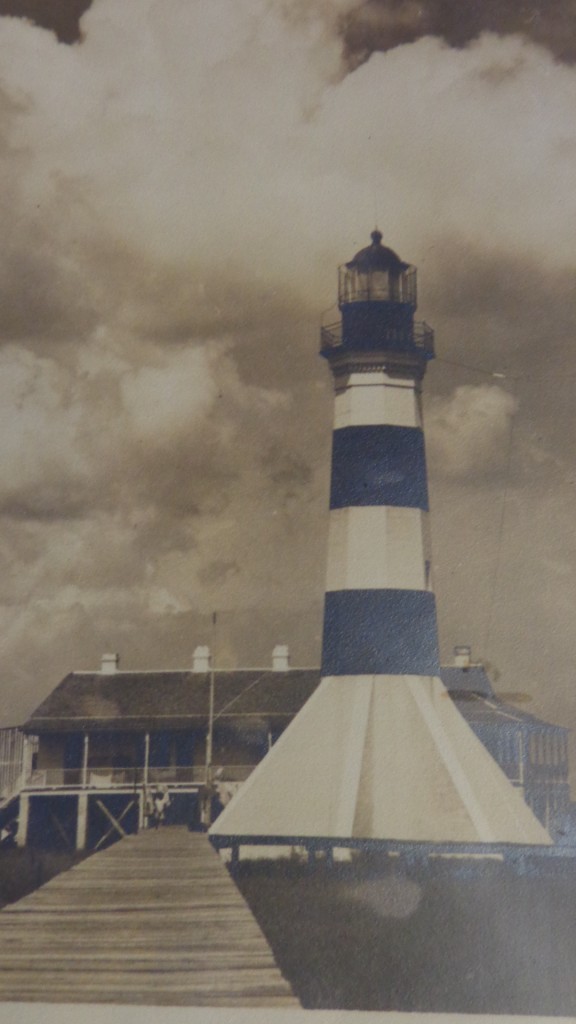
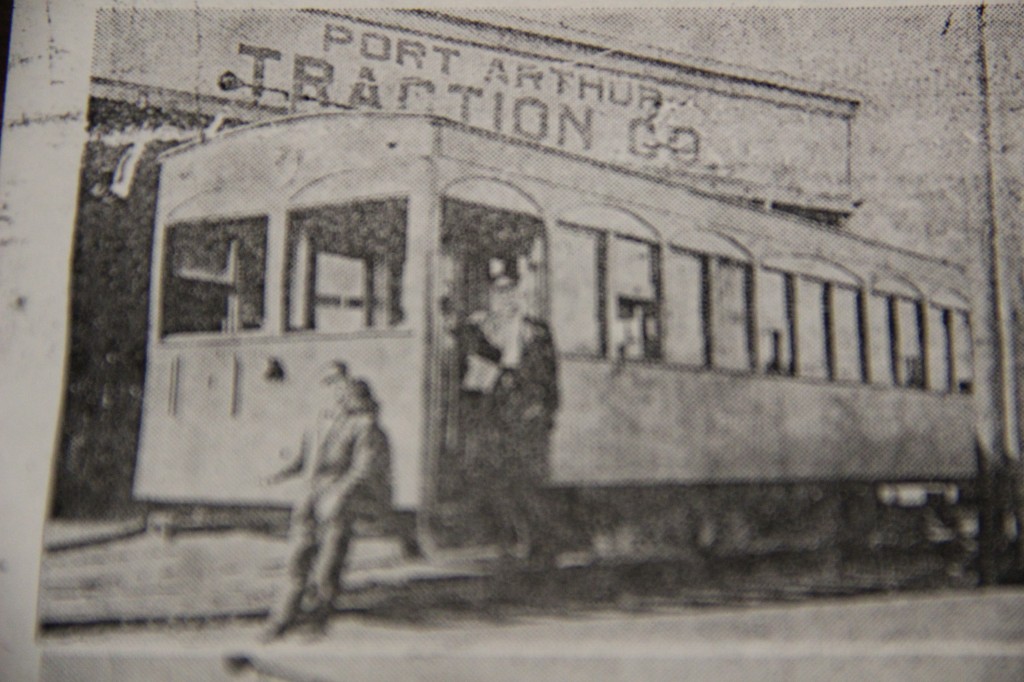
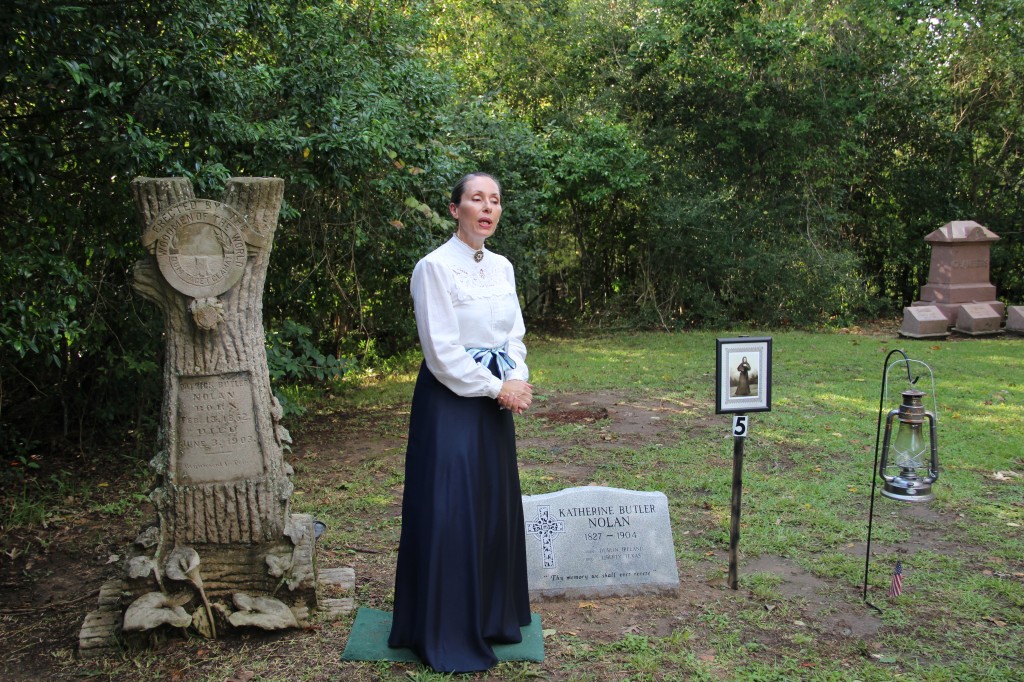

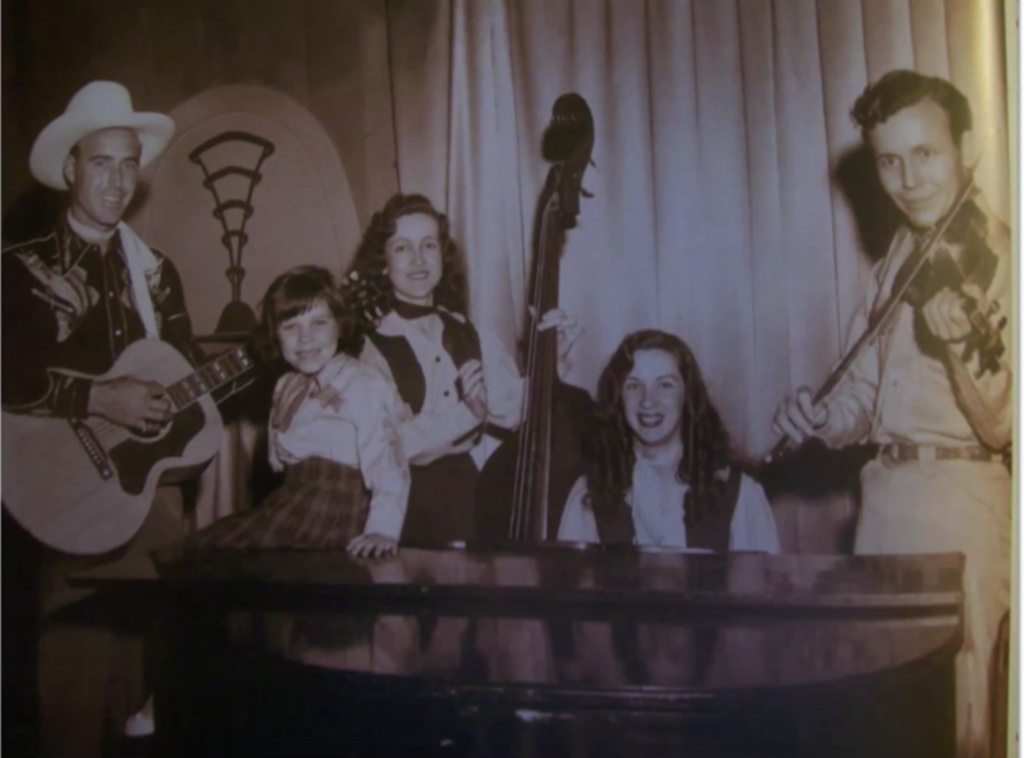
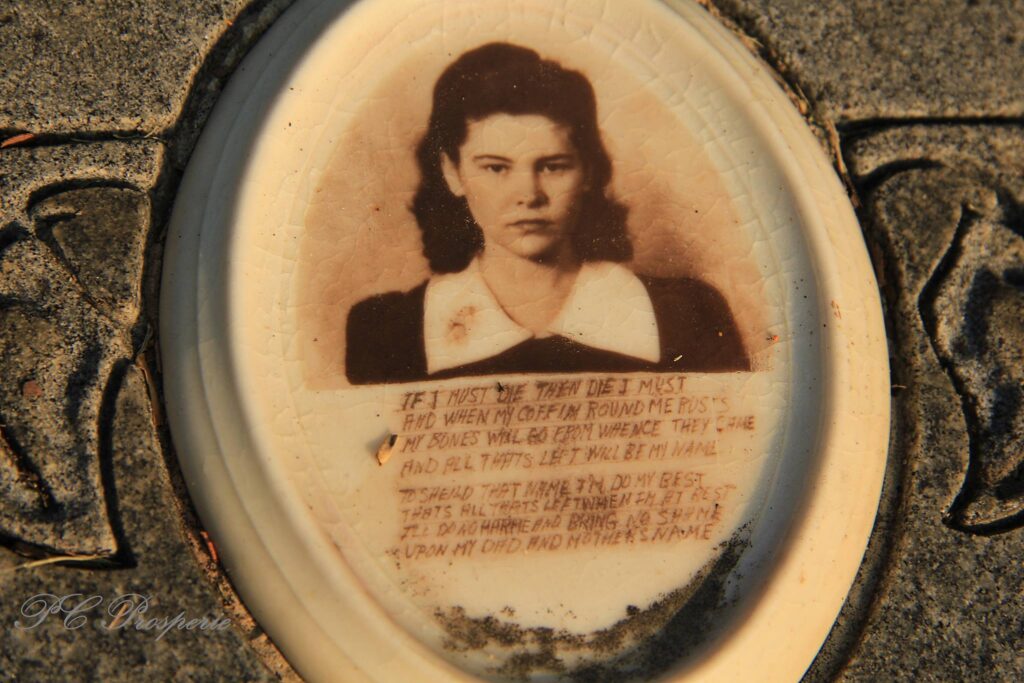
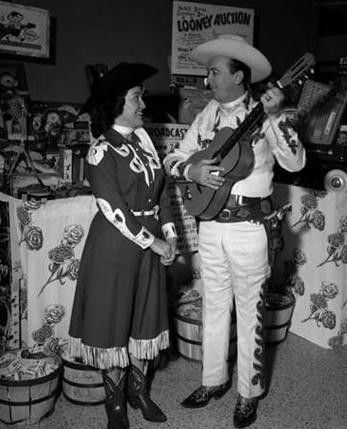
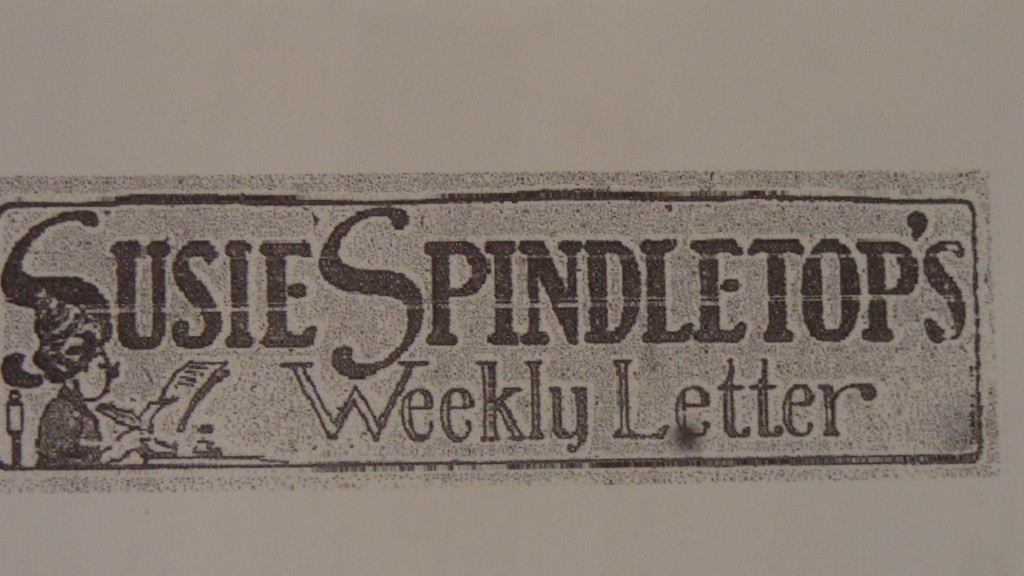






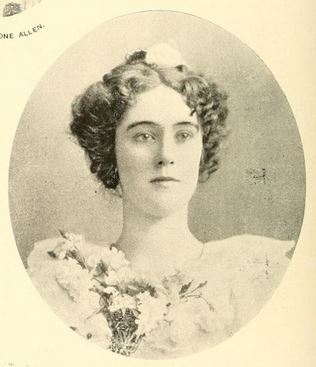
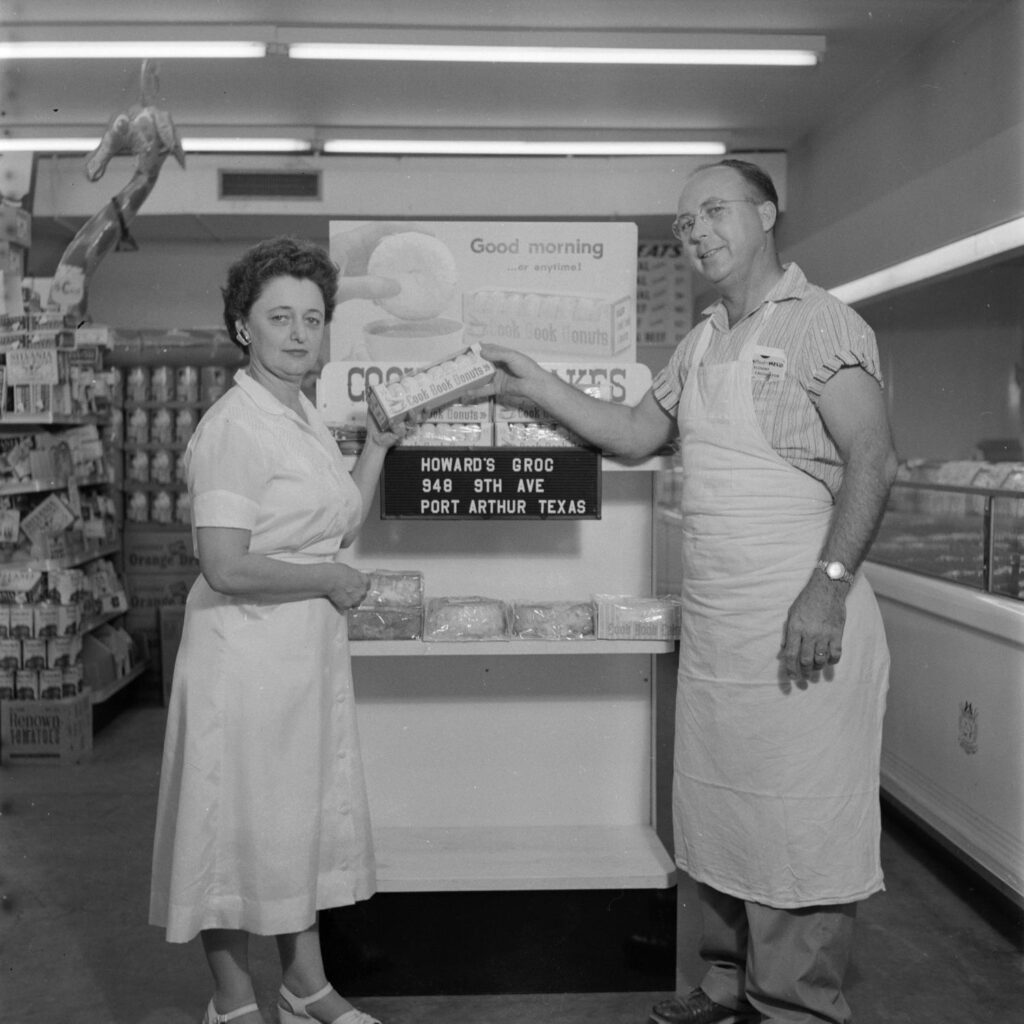
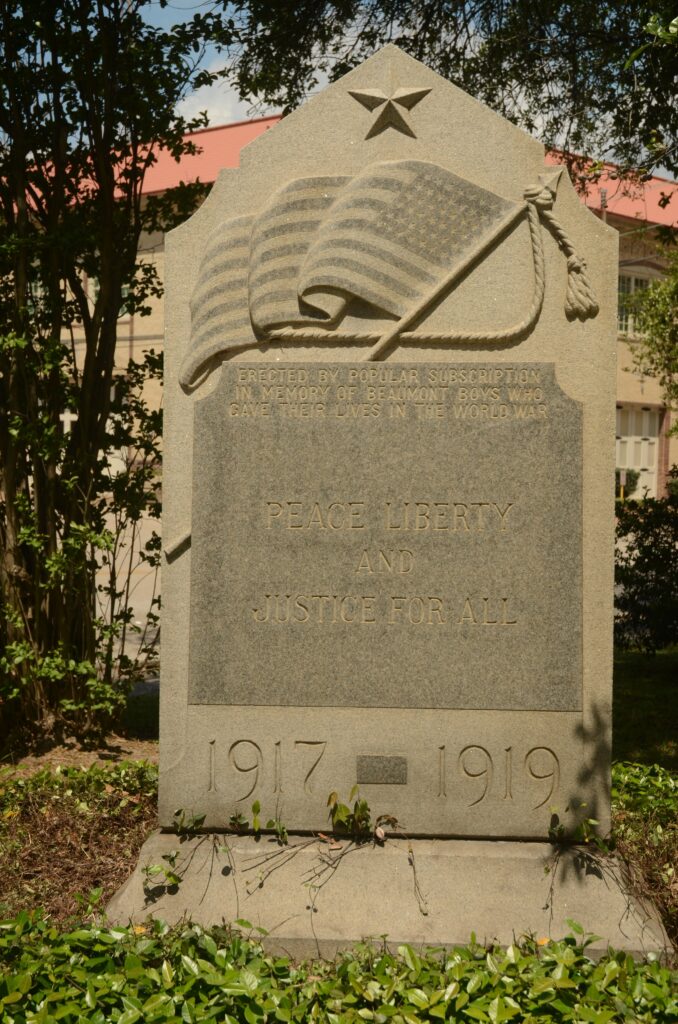
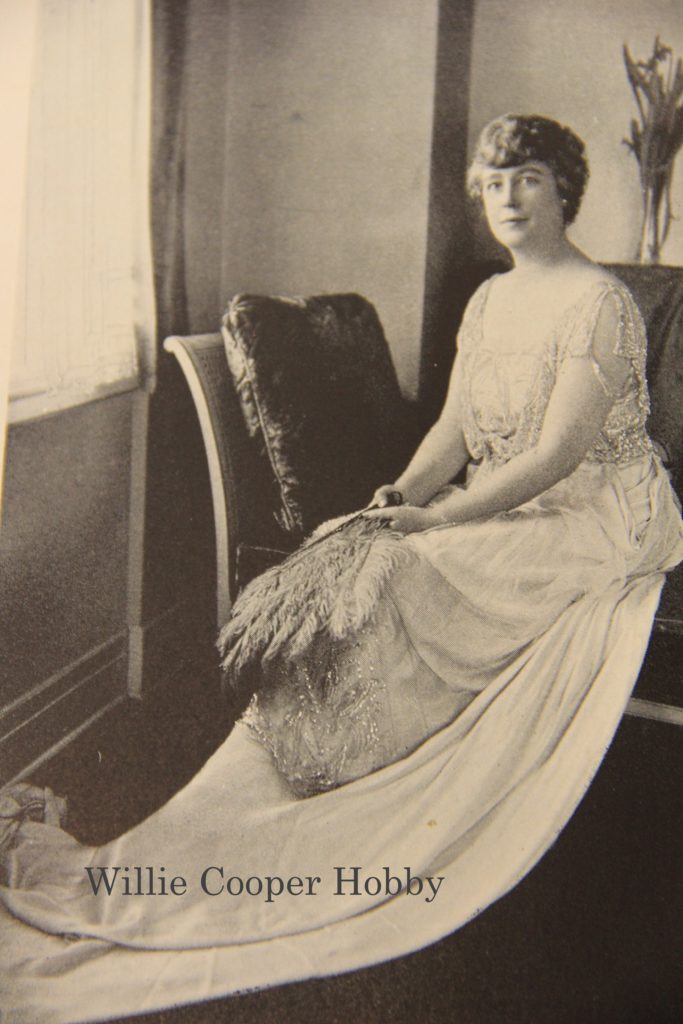
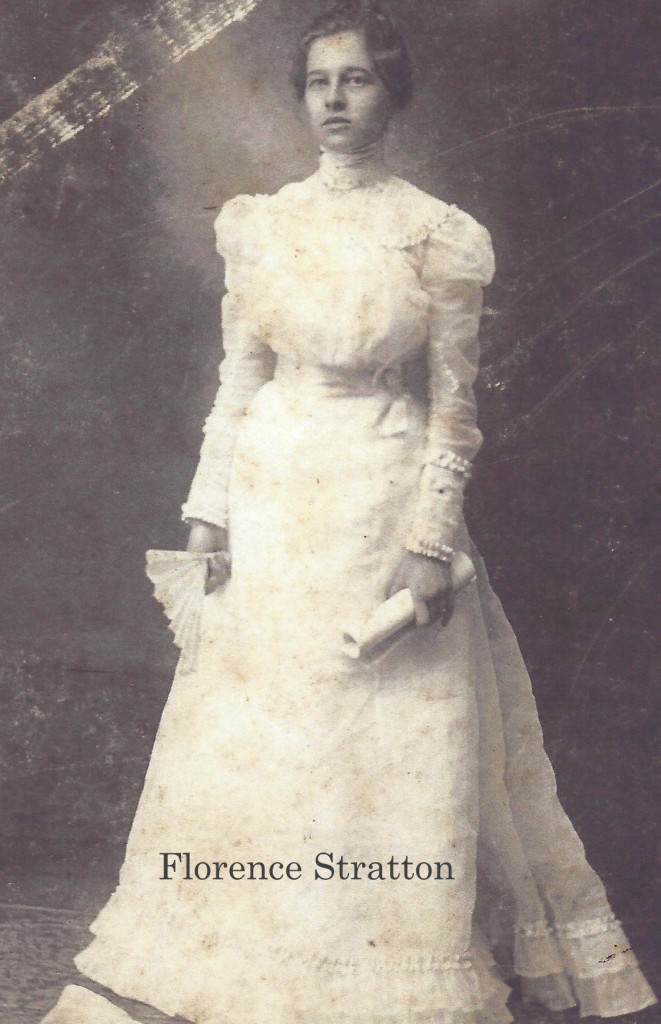
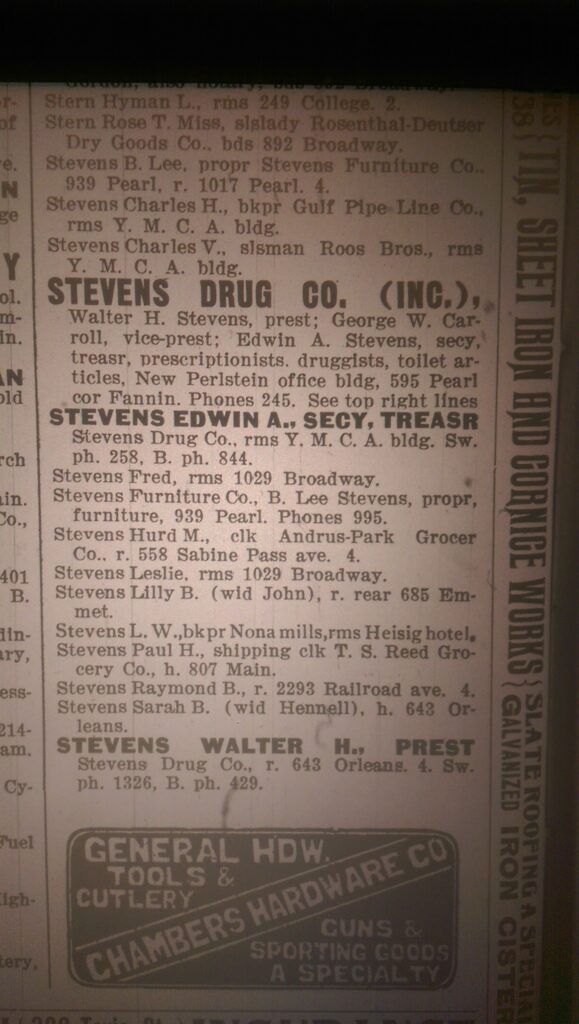
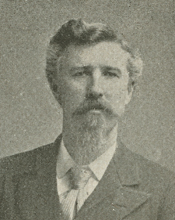
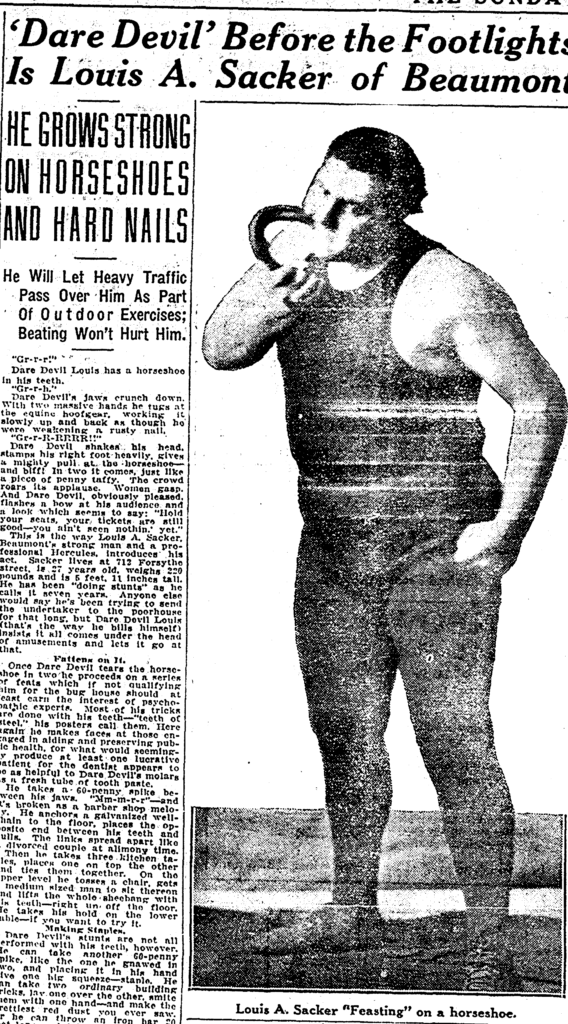

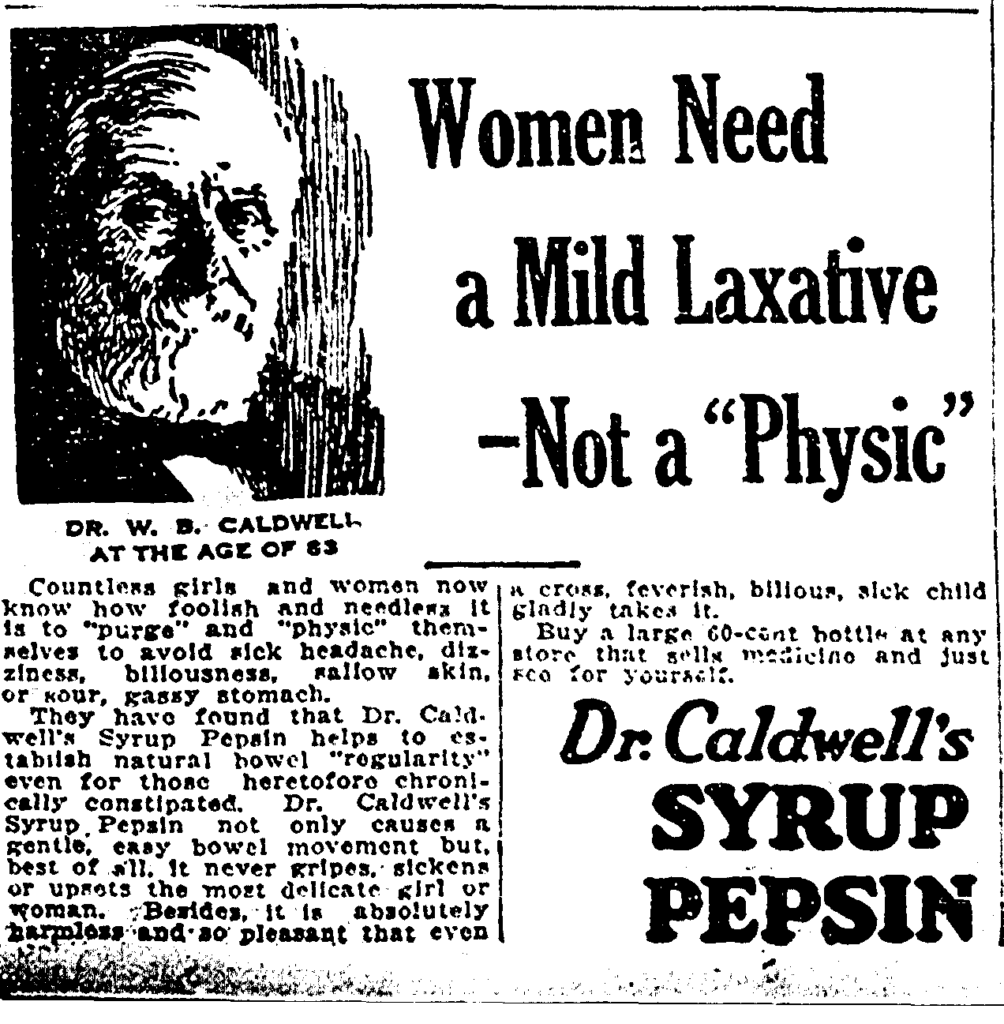
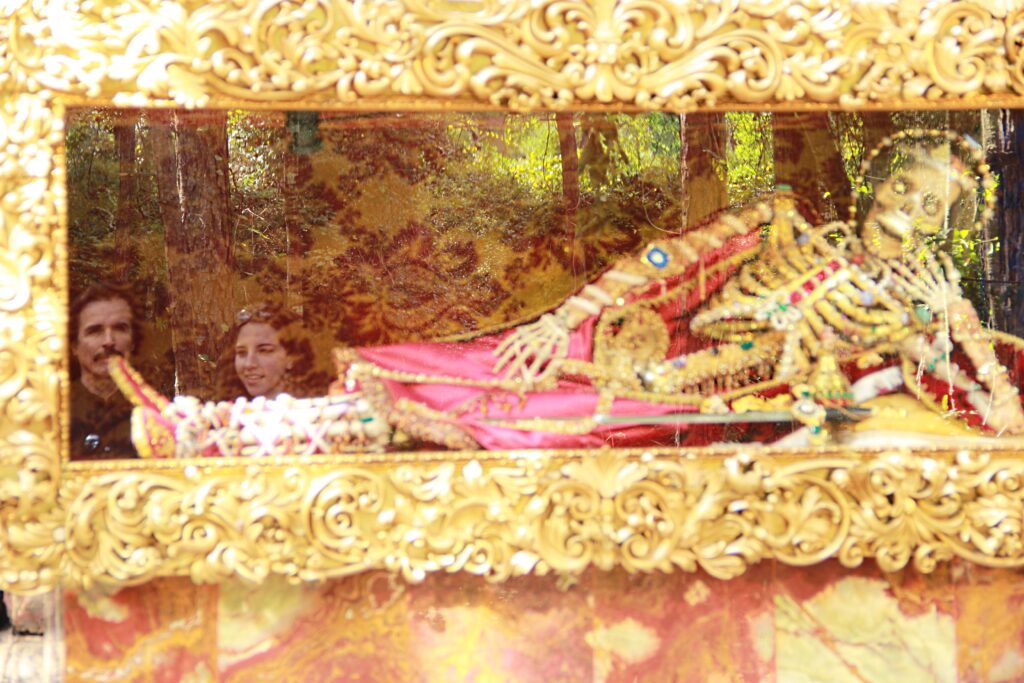



You must be logged in to post a comment.